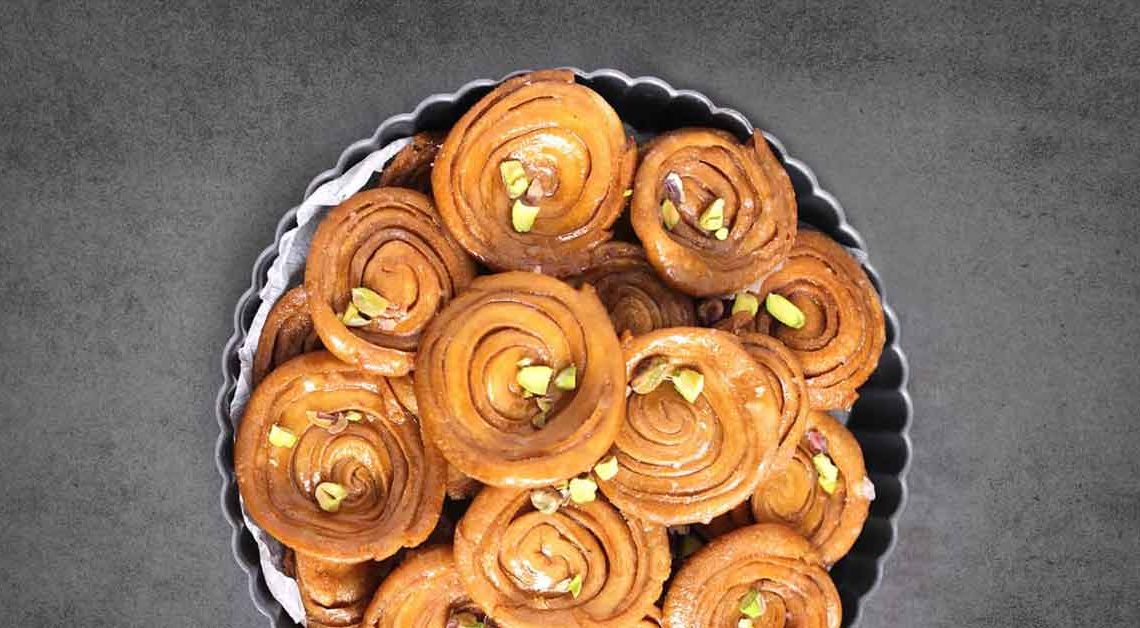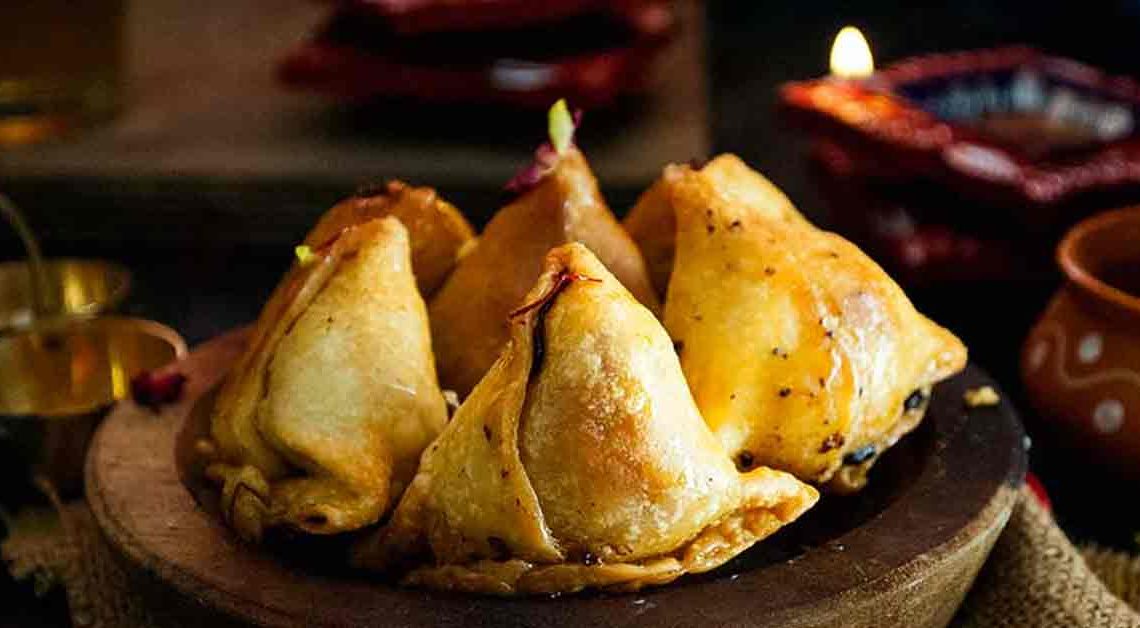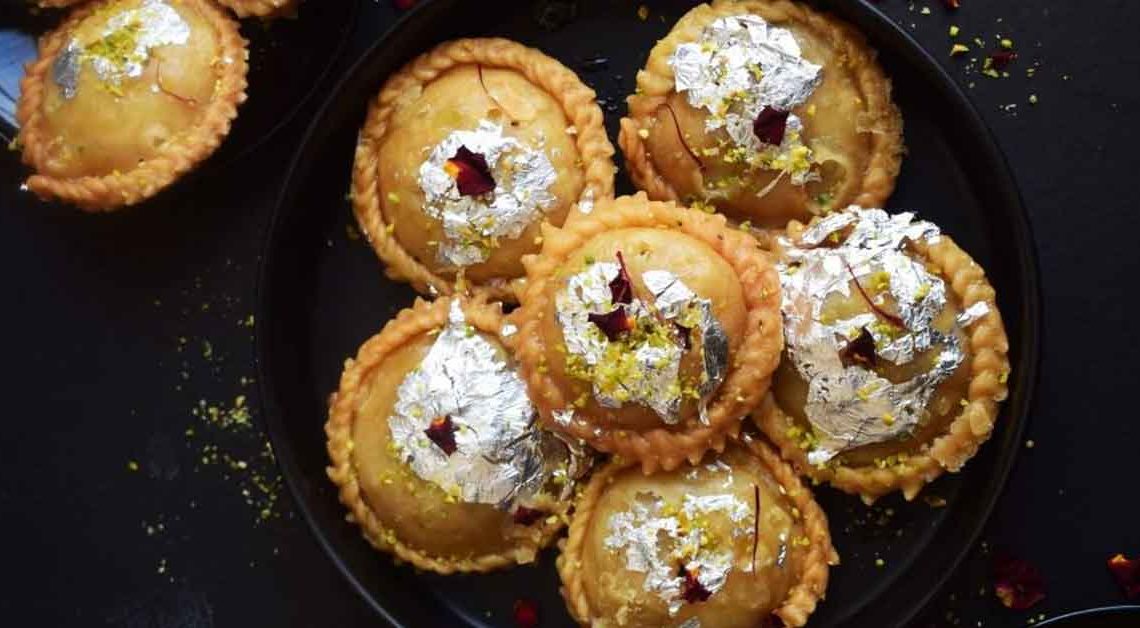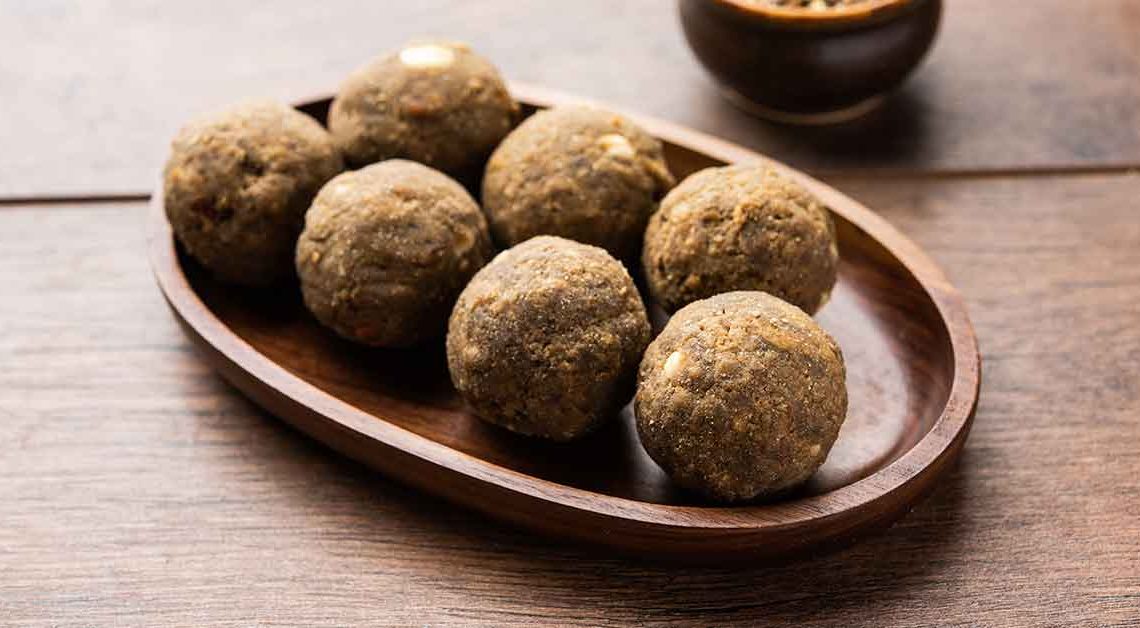Khaja: The perfect blend of flavor and texture

Khaja, the sweet and crunchy delicacy that originated in the Indian subcontinent, has been a popular dessert for centuries. Made with layers of dough, sugar syrup, and nuts, it is a treat that can be enjoyed by anyone with a sweet tooth.
But there’s more to khaja than just its delicious taste. This delectable dessert has a rich history that is deeply rooted in the cultural fabric of India. From the royal kitchens of ancient India to the bustling streets of modern-day towns, the sweet has stood the test of time and continues to be a beloved treat for all.
In this blog, we will explore the fascinating world of khaja and take a deep dive into its history, culture, and significance. From the different varieties of sweets to the techniques used to make this delectable treat, we will cover it all.
So whether you’re a fan of khaja or are simply curious about this mouth-watering dessert, join us on this journey as we explore the world of sweets and uncover its secrets. Get ready to indulge your senses and satisfy your sweet tooth as we delve into the world of khaja!
Origin of Khaja
The origin of Khaja can be traced back to the ancient city of Puri in the eastern state of Odisha, India. It is believed that the sweet was first made by the chefs of the Jagannath Temple in Puri, as an offering to Lord Jagannath, who is considered to be one of the major deities in Hinduism. According to legends, it was first made during the 12th century and was offered to Lord Jagannath as a part of the daily bhog (food offering). It is said that the chefs of the temple were inspired by the local pastry-making techniques, and created a sweet that was both delicious and easy to make.
History of Khaja
Khaja has a long and rich history in India. It is believed to have been first made during the Sena dynasty, which ruled over much of Bengal and Bihar from the 11th to the 12th century. It was made as an offering to the gods during festivals and special occasions. Over time, it became a popular sweet that was enjoyed by people of all ages.
It is also mentioned in various ancient texts, such as the Manasollasa, a Sanskrit text from the 12th century. The text describes a sweet called khajjaka, which is made by frying pieces of dough in ghee and then dipping them in syrup. This is similar to the process used to make khaja.
Over time, it became a popular sweet across the Indian subcontinent, and different regions developed their own variations of the sweet. For example, in the northern state of Uttar Pradesh, It is known as Sohan Halwa and is made with ghee, flour, sugar, and saffron. In the southern state of Tamil Nadu, it is called Suryakala and is made with a filling of sweetened coconut and roasted nuts. However, the basic recipe of Khaja remained the same – layers of crispy dough, soaked in sugar syrup.
Cultural Significance of Khaja
Khaja is an important part of Indian culture and is often associated with festivals and special occasions. It is commonly served during weddings, Diwali, Holi, and other celebrations. In some parts of India, it is also given as a gift during religious ceremonies.
In addition to its religious and cultural significance, khaja is also a symbol of hospitality. It is often served to guests as a sign of welcome and respect.
Khaja is also believed to have certain health benefits. It is said to aid digestion and provide energy. In Ayurvedic medicine, ghee is considered to be a healing food and is believed to improve brain function and promote overall health.
Where Khaja is Famous?
Khaja is a popular sweet dish in northern India, especially in the states of Uttar Pradesh, Bihar, and Rajasthan. It is commonly found in sweet shops and food stalls in these states and is often served during festivals and special occasions.
One of the most famous places to try the sweet is in the city of Banaras (also known as Varanasi). Banaras is known for its rich cultural heritage and cuisine, and Khaja is one of the city’s most famous sweets. The dish is also popular in other cities and towns of Uttar Pradesh, such as Lucknow, Kanpur, and Allahabad.
In Bihar, it is a specialty of the city of Silao, located near the state capital Patna where it is known as Silao Khaja, it is a slightly different version of the dish, with a thicker and more crispy texture. It is also popular in the nearby cities of Rajgir and Nalanda.
In Rajasthan, Khaja is a traditional sweet that is often served during weddings and other auspicious occasions. It is especially popular in the cities of Jaipur and Jodhpur, where it is sold in many sweet shops and food markets.
Interested Facts and Trivia Related to Khaja
-
- It is a traditional sweet dessert from India that is particularly popular in the states of Bihar and Uttar Pradesh.
- The word “khaja” comes from the Persian word “khaj,” which means “a dry sweet.”
- It is believed to have been introduced to India during the Mughal era. It is believed to have been a favorite dessert of the Mughal emperor Akbar.
- The first recorded mention of the sweet is in the Ain-i-Akbari, a 16th-century Persian-language document that describes the Mughal empire.
- In Bihar, it is a popular gift item that is given during weddings and other celebrations.
- In some parts of India, It is made with coconut, sesame seeds, and poppy seeds.
- In India, It is often sold by street vendors and small shops.
- It is also exported to other countries, including the United States, Canada, and the United Kingdom.
- It is made using different types of flour, including wheat flour, all-purpose flour, and semolina.
- The dough used to make the sweet is typically flavored with cardamom powder.
- It is also sometimes flavored with saffron or rose water.
- In Bihar, a special type of khaja called Silao Khaja is made, which is a bit harder and crispier than the regular one.
<li”>The making of the sweet is a labor-intensive process that requires skilled hands.
- It is made by kneading the dough, rolling it out into thin sheets, cutting it into strips, and then deep-frying it.
- It is often served as a dessert after a meal, but it can also be eaten as a snack with tea.
- In some parts of India, it is served with rabri, a sweet dish made with milk and sugar.
- It is a popular offering in temples and religious places in India.
- In the state of Uttar Pradesh, it is sometimes made with jaggery instead of sugar.
- It is a high-calorie dessert, and it is not recommended for people who are watching their weight.
- It is believed to have originated in the northern Indian state of Uttar Pradesh.
- The texture of the sweet is crunchy on the outside and soft on the inside.
- In Bihar, it is often served with litti, a savory dish made with wheat flour and stuffed with spices and mashed potatoes.
- It is also sometimes made with ghee instead of oil.
- It can be stored for several days in an airtight container..
- It is also popular in neighboring countries such as Nepal and Bangladesh.







